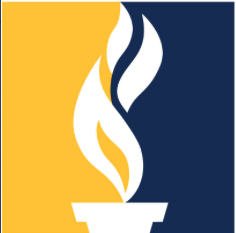Institution
Requirement
Status
Approved
Date Reviewed
This module provides a basic foundation for calculus and its related subjects required by engineering students. The objective is to equip the students with various calculus techniques for their engineering courses. The module emphasises problem solving and mathematical methods in single-variable calculus, sequences and series, multivariate and vector calculus, and partial differential equations.
Topics:
- Introduction. Sets: basic concept and notation, number systems, mathematical induction.
- Complex numbers. Argand diagram, trigonometric form of a complex number, polar coordinates, de Moivre’s theorem, nth-root of a complex number, Euler’s formula.
- Calculus of functions of one variable. Limits of functions and sequences, types of limits, the sandwich theorem, evaluation of limits, continuity of functions, properties of continuous functions. Derivatives, differentiability: rules and properties, differentiation of transcendental functions, higher order derivatives, implicit differentiation, increments and differentials, Newton’s method, Rolle’s theorem, mean value theorem, indeterminate form, l’Hopital’s rule, differential of arc length, curve sketching, extreme values and points of inflection. Integration as antidifferentiation, fundamental theorem of calculus, basic rules of integration, integration of polynomial, trigonometric, exponential and logarithmic functions, inverse functions, integration by substitution, integration by parts, Riemann sum, trapezoidal and Simpson’s rule, applications to area under a curve and volume of solid of revolution.
- Sequences and series. Tests of convergence and divergence. Power series in one variable, interval of convergence, Maclaurin and Taylor series, Taylor’s theorem with remainder. Fourier series: Euler formulas for Fourier coefficients of a function, half range expansions.
- Vector algebra. Vectors, dot and cross product, vector identities, equations of lines and planes, applications in geometry and kinematics.
- Functions of several variables. Geometric interpretation, continuity, partial derivatives, chain rule, directional derivatives, normal lines and tangent planes to surfaces, extrema of functions: concavity and convexity, multiple integrals.
- Vector calculus. Curves, tangents and arc length, gradient, divergence and curl, line, surface and volume integrals, elementary treatment of Green’s theorem, divergence theorem, Stoke’s theorem.
- Partial differential equations. Examples such as Laplace’s, heat, diffusion and wave equations, reduction of partial differential equations to ODE using separation of variables, inviscid fluid flow (or potential flow) in 2D, vibration of a guitar string, transient heat flow along a bar.
